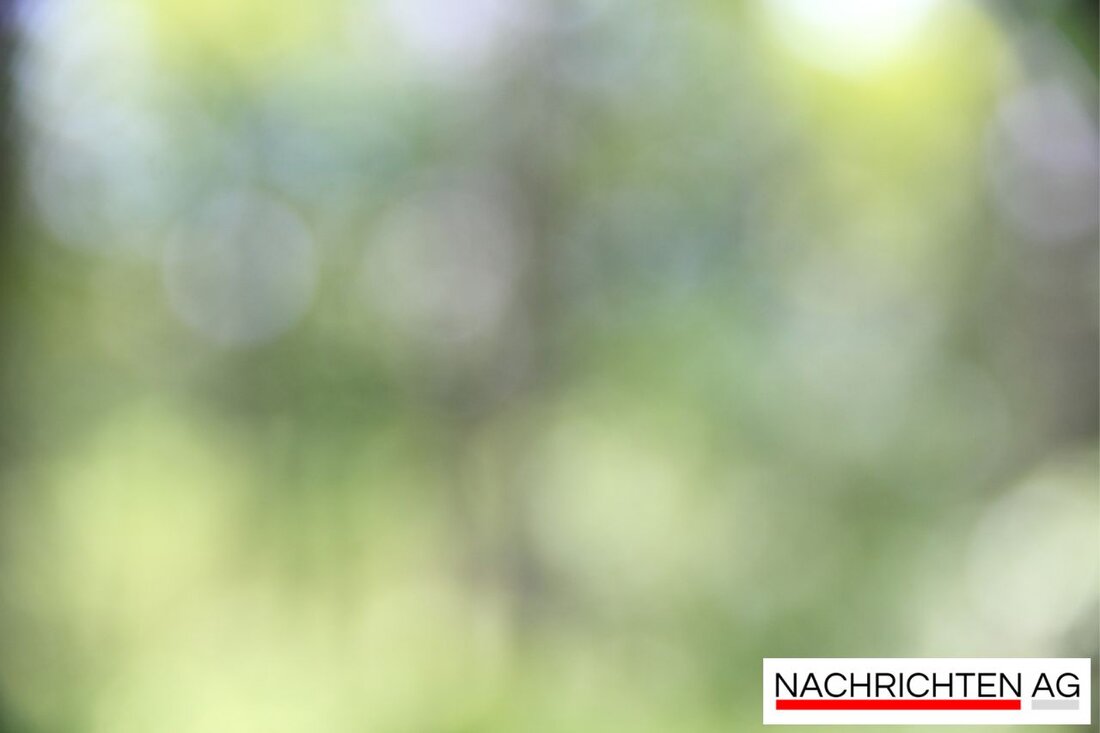Germany's largest solar farm: Tützpatz starts sustainable agriculture!
On September 10, 2025, Vattenfall will open the largest agri-photovoltaic park in Tützpatz, Mecklenburg-Western Pomerania, with 76 MW.

Germany's largest solar farm: Tützpatz starts sustainable agriculture!
On September 10th, Germany's largest agri-photovoltaic park opens its doors in Tützpatz, Mecklenburg-Western Pomerania. With this ambitious project, Vattenfall has been developing an innovative concept for two years that takes agriculture and renewable energy production to a whole new level. With an impressive area of 93 hectares and a total output of 76 megawatts, this solar farm is not only a technical masterpiece, but also an important step towards more sustainable agriculture.
Chickens are allowed to run around freely in the middle of the solar systems and contribute to egg production. Grain and other crops are also grown on the area. What's special: The entire project was realized without government funding. This shows that Vattenfall is taking the concept of agri-photovoltaics seriously and wants to implement it on a commercial scale. [Nordkurier](https://www.nordkurier.de/regional/neustrelitz/deutschlands-groesster-solar-acker- Nimm-betrieb-auf-3893851) reports that they are also working with bifacial modules and a single-axis tracker system. This technology enables optimal use of the sun's rays.
Sustainable synergies in focus
The combination of agricultural use and photovoltaics is not only an innovative concept, but also has the potential to shape the energy future sustainably. With its Agri-PV project in Tützpatz, Vattenfall aims to demonstrate the advantages of this symbiotic relationship. Agrivoltaics is intended to reduce water consumption in agriculture and provide stable, additional sources of income for agricultural businesses. This significantly increases resilience to crop failures. Fraunhofer ISE explains that early citizen participation is crucial for the successful expansion of these projects.
The market economy has identified photovoltaics as one of the cheapest renewable energy technologies. The electricity production costs are between 7 and 12 euro cents per kWh, which makes Agri-PV very competitive. Despite these advantages, critics fear that the use of agricultural land for solar systems could harm agricultural production. But the project in Tützpatz could serve as a model for maintaining the balance between solar power production and agricultural use.
The look into the future
With further planned agri-PV systems in northwest Mecklenburg and near Plau near Lalchow, Tützpatz could pave the way for a new era in the combination of agriculture and energy production. Vattenfall is also already testing Agri-PV in the “Symbizon” pilot project in the Netherlands. Federal ministries support these initiatives, which points to the importance of these technologies. Vattenfall announces that the final investment decision for the Tützpatz project has already been made.
The Interior Minister of Schwerin, Christian Pegel (SPD), is expected on the opening day, which underlines the political relevance of this project. Perhaps Tützpatz is not only a place for renewable energy, but also a venue for innovative solutions that could revolutionize agriculture and energy production in Germany.

 Suche
Suche
 Mein Konto
Mein Konto